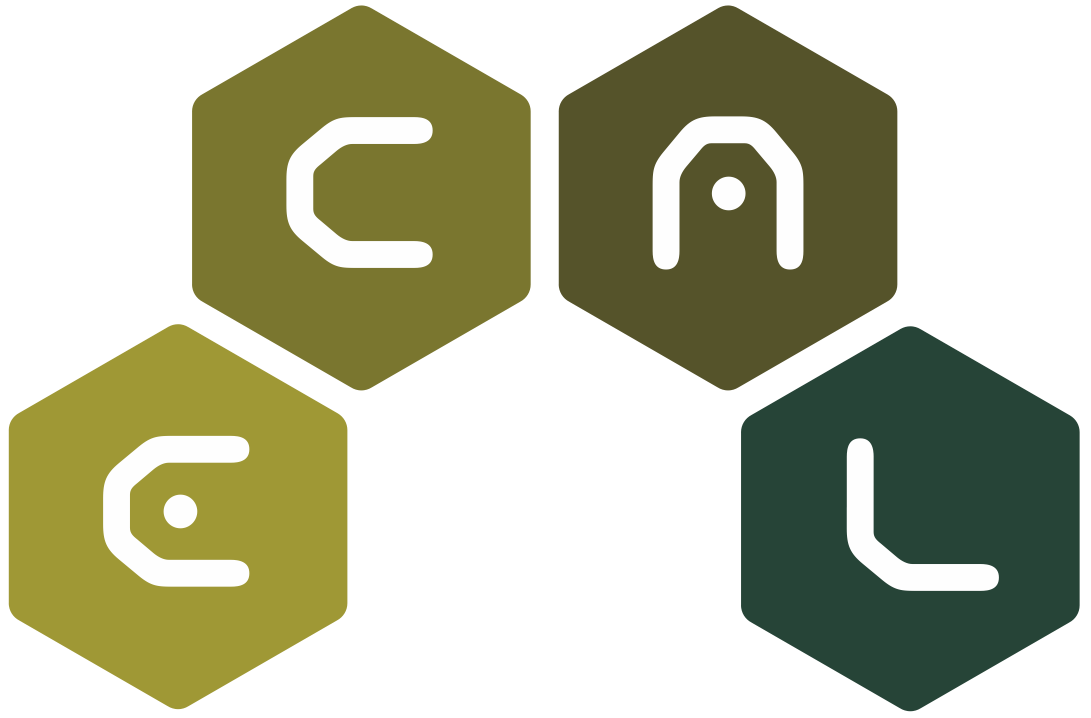Title
Evolving Collective Behaviors With Diverse But Predictable Sensor States

Evolving Collective Behaviors With Diverse But Predictable Sensor States
Download via this paper's page on the MIT Press ECAL 2015 Proceedings website.
Artificial evolution of collective behaviors can be implemented in different ways. Here, we extend the approach of Hamann (2014). The underlying concept is that the brain is permanently trying to predict future perceptions and a state of well-being is a state that allows for precise predictions (Friston, 2010). Striving for maximal prediction success needs to be complemented by a force that implements curiosity and exploration. In this abstract we present an extended method diverse-prediction that rewards not only for correct predictions but also for each visited sensory state. This proves to be a better approach compared to the method prediction (Hamann, 2014). As in the preliminary work (Hamann, 2014), we evolve pairs of artificial neural networks (ANN). One is predicting future sensor input and the other ANN outputs the next action. In our case study we simulate a homogeneous swarm (all agents share the same genome) of N = 20 agents (1st concept of population) that move in 1-d on a ring of circumference L. The agents have 4, discrete sensors covering 4 regions of the agent’s vicinity and output 1 for ‘there is at least 1 neighbor’ or 0 otherwise. The available actions are: move forward or invert the heading. We evolve pairs of ANN with a population of size 50 (2nd concept of population) for 75 generations in 200 independent runs for each tested setting. Fitness for prediction rewards good predictions of sensor values. Fitness for diverse-prediction rewards for visiting more sensor states (combinations of sensor values) and making good predictions in those states. For that, we sum up the ratios between the number of correct predictions for each visited sensor state and the number of visits of that state over the whole swarm over time. Generally a desired result is a well explored behavior space combined with precise predictions. We check the degree of exploration by investigating a 2d projection of behavior space. One dimension is covered distance which is the sum of the distances covered by the agents normalized by the considered time period and swarm size. Second dimension is the largest cluster size which is the maximum number of agents within sensor range normalized by swarm size. Fig. 1 (top) shows results for L = 50 but 3 settings were tested: high (L = 5), medium (L = 20), low agent density (L=50). We compare behavior distributions for diverse-prediction, prediction, and a control population of random ANNs. The projected behavior space is divided into a 5 × 15 grid and Pearson’s χ2 test is used to compare with a uniform distribution (UD). All 3 are far from UD (P > 0.99). See Fig. 1 (bottom) for the χ2 values. We find that our new method diverse-prediction is best (smaller values mean the distribution is closer to UD which is better).